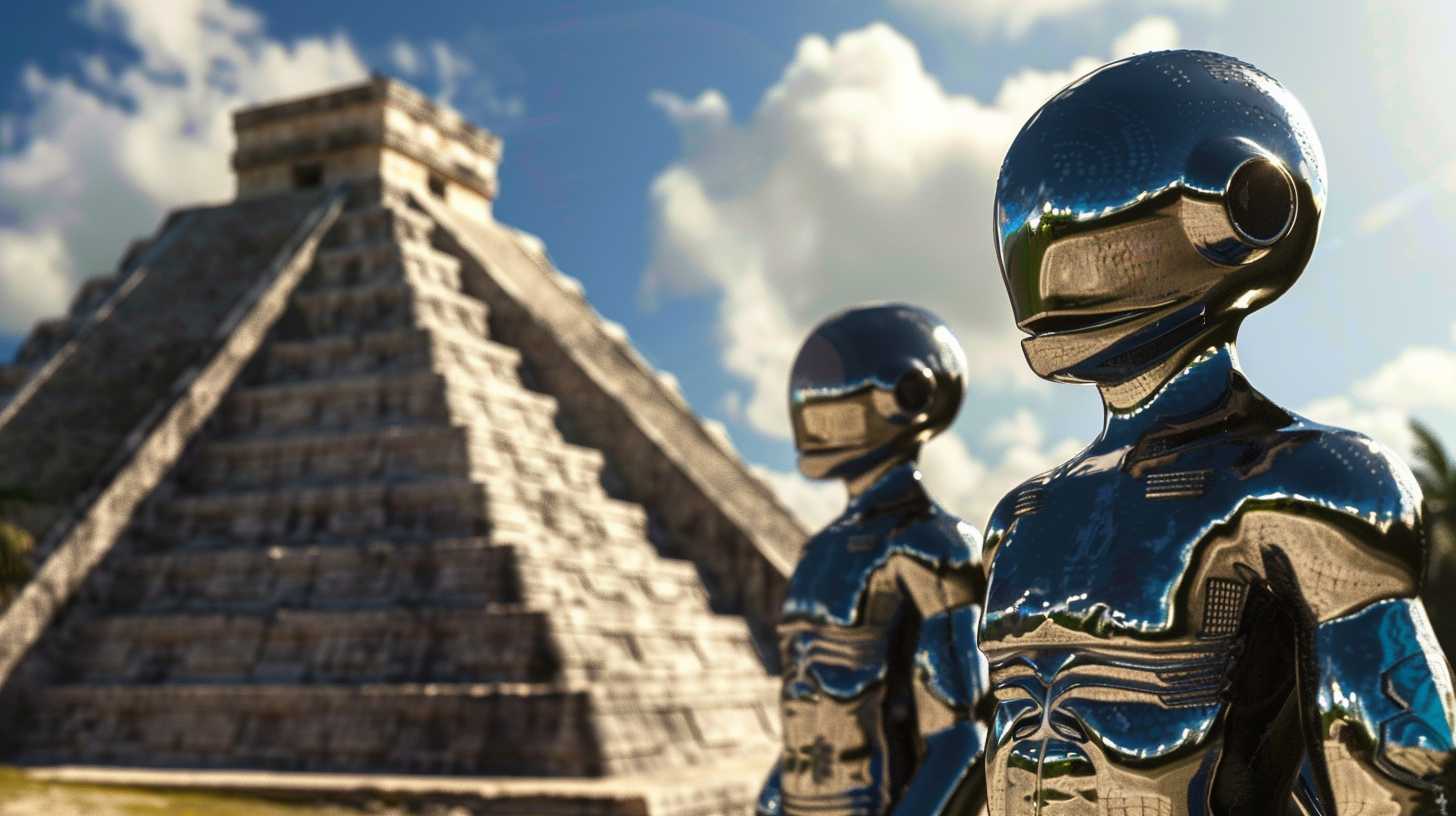Hidden in the dense jungles of the Yucatan Peninsula, the remnants of a mysterious ancient civilization await discovery. The fascinating Maya civilization, thriving from 2,000 BC to 900 AD, has bequeathed a profound legacy showcasing their exceptional advancements in astronomy, mathematics, written language, and architectural brilliance.
Amidst the verdant landscapes of Honduras, the captivating site of Copan stands as a testament to the creativity and spiritual devotion of its inhabitants. At its peak, this bustling city covered more than 10 square miles, teeming with approximately 20,000 residents.
However, the glory of Copan was not meant to endure forever. In a puzzling turn of events during the 9th century, the city was abandoned, eventually succumbing to the relentless encroachment of the jungle. Nevertheless, within its ancient ruins, lie intriguing remnants of the Maya civilization’s profound ties to the cosmos.

The majestic stelae of Copan, adorned with intricate carvings depicting the semi-divine rulers of that era, stand as silent witnesses. These larger-than-life figures, embellished with hieroglyphic inscriptions, offer a glimpse into the Maya’s deep reverence for the celestial realm. Their aspirations seem to mirror the earthly heavens, embodying the timeless concept of “as above, so below.”
Recent explorations of Copan have united experts from various fields, melding archaeology with ancient astronaut theories. Scholars such as David Sedat, with more than three decades dedicated to unraveling the mysteries of this enigmatic site, collaborate with enthusiasts like Giorgio Tsuokalos, who ponder the cosmic origins of ancient civilizations.
Within the towering monuments of Copan, a discourse unfolds between ancient eras and the contemporary world, between tangible artifacts and speculative ideas. The symbols etched on the stelae portray a celestial deity, a figure transcending mortal boundaries. Could these depictions provide evidence of encounters with beings from realms beyond our own?

The similarities found in the headgear of Copan’s rulers and those from distant lands like Mesopotamia evoke a sense of interconnectedness that challenges traditional understandings. Across continents and cultures, the motif of the sky god emerges, hinting at a shared heritage that transcends both time and space.
When reflecting on the technological marvels of our forebears, we are reminded of Arthur C. Clarke’s poignant statement: “Any technology advanced enough is indistinguishable from magic.” Could it be plausible that the wonders of ancient civilizations were influenced by extraterrestrial powers? Considering this, Giorgio Tsuokalos speculates that encounters with entities possessing incomprehensible technology may have inspired the concept of celestial beings descending from the skies.
Contemplating the weathered stones of Copan, we are faced with the limits of our understanding. Yet, within those ancient enigmas, lies the captivating allure of exploration and reflection. Amidst the jungle’s heart, amidst the ruins of a once-mighty civilization, resonate the traces of a cosmic narrative that transcends the confines of time and space.
